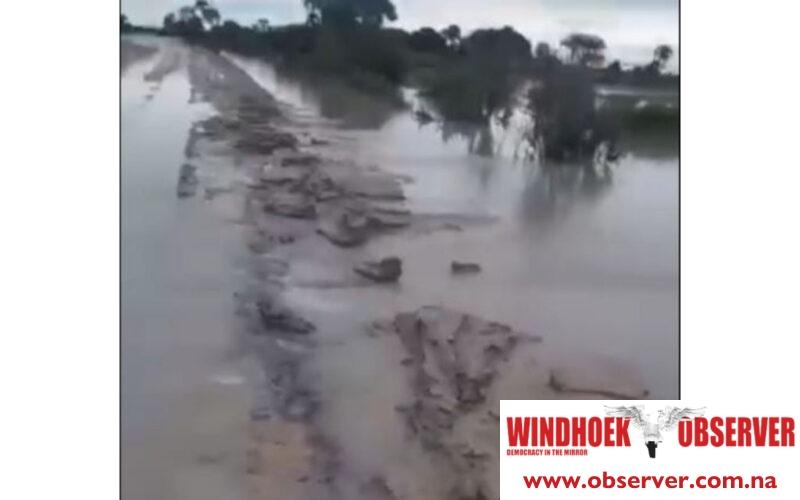Hertta-Maria Amutenja
Emergency medical services in the Omusati region have been severely affected by the poor condition of the Okahao-Amwaanda gravel road, especially the 15-kilometre stretch between Okahao and the Indira Gandhi Clinic.
Health officials have confirmed that ambulance response times are significantly delayed.
In some cases, pregnant women have been forced to deliver at home due to the impassable state of the road.
Senior medical officer Okahao district hospital Nghishikushitya Mutilifa, confirmed that the road’s condition has caused dangerous delays in emergency response efforts.
“The ambulance cannot go there, and other off-road vehicles have to move at a very slow pace to transport patients. Some patients have chosen to give birth at home during flooding because the road was inaccessible. Private vehicle owners charge up to ten times the normal fare to transport patients under these conditions,” said Mutilifa.
Health authorities have implemented temporary measures to mitigate the impact on patients.
“We have allocated a vehicle specifically for transporting patients between the health centre and the hospital in emergencies. Additionally, we advise expectant mothers to move to the maternity shelter in Okahao in advance to ensure they can access care when needed,” Mutilia said.
The Omusati Regional Council had previously indicated that the road was included in the 2024/25 key development projects. However, no visible progress has been made.
Regional governor Erginus Endjala acknowledged the issue but pointed to financial constraints.
“The road is a priority, but we currently lack funds. We have two roads under construction—the Tsandi-Onesi and Tsandi-Ogulumbashe roads. We expect to see improvements in this financial year. Inspectors have assessed the damage, and a report will determine which road receives funding first. The Ministry of Works and the Roads Authority control funding, not the regional council,” he explained.
Despite these measures, residents argue that the current situation remains dire and requires urgent intervention.
Maria Alweendo, a resident, described the daily struggle.
“When it rains, the road turns into a muddy mess. Vehicles get stuck, and walking becomes dangerous. We have no choice but to use it.”
The Namibia Association of Local Authority Officials (NALAO) has also raised concerns about the state of road infrastructure, calling for increased funding for urban and rural roads.
NALAO president Moses Matyayi reiterated their previous calls for a minimum allocation of N$570 million for road maintenance, warning that insufficient funding continues to impact communities nationwide.
With the rainy season worsening road conditions in several regions, affected communities continue to call for authorities to act before lives are lost due to delayed emergency medical care.
Residents have long called for authorities to upgrade the road, arguing that its poor condition endangers lives.
Gwamgda Na Hertha, a resident, expressed concern on Facebook.
“Due to recent heavy rainfall, the road has been washed away, making it nearly impassable for residents, emergency services, and daily commuters. This situation has created serious safety hazards and disrupted access to essential healthcare services at Indira Gandhi Clinic.”




